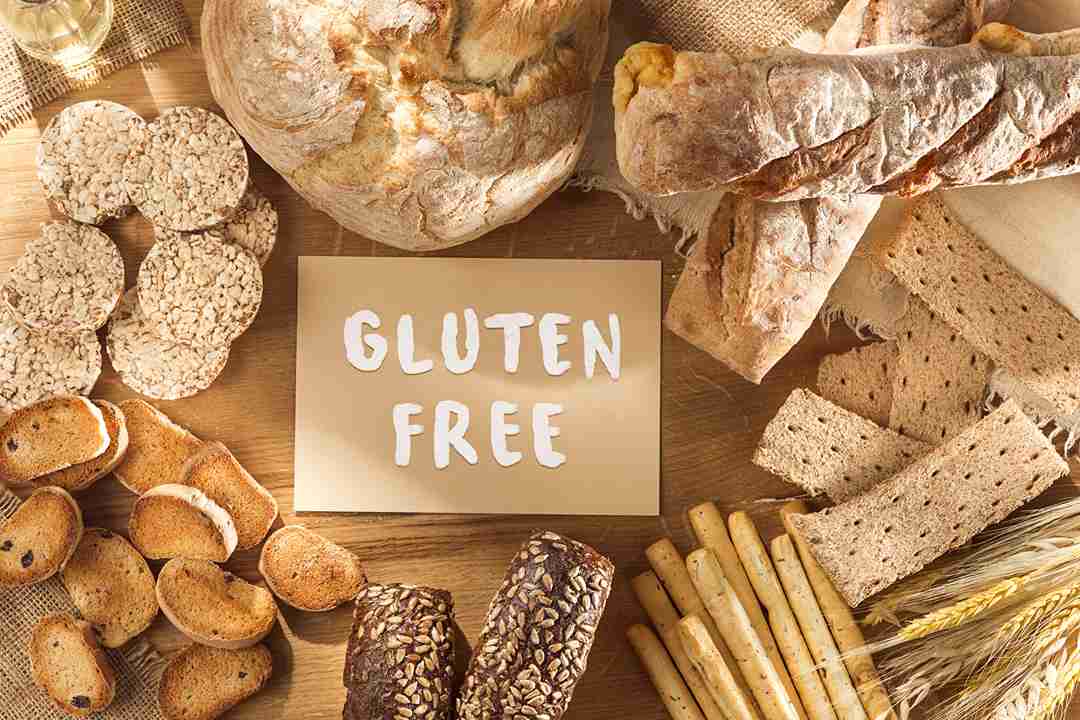
The Ultimate Guide to Gluten-Free Cooking
Navigating the world of gluten-free cooking can seem impossible at first—whether you're newly diagnosed with celiac disease, have gluten sensitivity, or simply aiming to adjust your diet for health reasons. Gluten is a plant protein found solely in wheat, barley, and rye. It is also a common component in many traditional foods that contain those ingredients, making it a challenge to avoid. However, with the right knowledge and tools, mastering the art of gluten-free cooking is entirely achievable. Here, you'll learn tips and tricks that make gluten-free cooking both enjoyable and delicious. Prepare to transform your kitchen into a safe and scrumptious gluten-free haven!
Understanding Gluten-Free Ingredients
The first step to excellent gluten-free cooking is understanding which ingredients are safe to use. Naturally gluten-free foods include fruits, vegetables, meats, poultry, fish, dairy, and most nuts and grains like rice, corn, and quinoa. However, when purchasing processed foods, vigilance is key. Always read labels, even of products you've eaten in the past to ensure products are certified gluten-free.
This certification guarantees that the food has not been contaminated with gluten during processing. Experimenting with gluten-free flours can also be a game changer. Try almond flour for a protein-rich option, or coconut flour, which adds a light, sweet touch to baked goods. Each flour has its unique properties and uses, so getting to know them can elevate your cooking and baking significantly.
Simplifying Your Meals With Clean Eating
As you embrace gluten-free cooking, incorporating basic clean eating can simplify your meal preparation and ensure your dishes are wholesome and safe. Clean eating involves focusing on whole, unprocessed foods, which naturally limits your exposure to gluten. Use simple recipes that require minimal ingredients. For instance, a grilled chicken breast seasoned with herbs, served alongside a quinoa salad and steamed vegetables, is not only easy to prepare but also completely gluten-free and nutritious. By emphasizing fresh ingredients and simple cooking methods, you minimize the risk of cross-contamination and keep your diet naturally rich in nutrients.
Mastering Gluten-Free Cooking Techniques
Cooking techniques can make or break your gluten-free meal. Understanding how to substitute gluten-free ingredients successfully is crucial. For example, when baking, gluten-free flours often require a binding agent, such as psyllium husk, xanthan gum or eggs, to mimic the texture and function of gluten. Invest in a couple of good gluten-free cookbooks or blogs to inspire and guide you through the nuances of gluten-free cooking.
In addition, slow cooking and one-pot meals can be particularly forgiving for gluten-free recipes. They allow flavors to meld beautifully and typically use whole, unprocessed ingredients, reducing the risk of gluten exposure. Techniques like steaming or grilling can also be a delicious way to eat meat and vegetables.
Exploring Gluten-Free Snacks and Private Label Opportunities
When it comes to snacking, the gluten-free world is full of possibilities. From crunchy rice cakes topped with avocado to homemade trail mixes packed with nuts and seeds, safe snacking is all about creativity and planning. As you explore these options, consider also the potential in private label food manufacturing, especially if you're entrepreneurial or involved in the food industry.
Private label companies allow businesses to design their own branded food products, including gluten-free options. When searching online, compiling your top options for gluten-free food manufacturers can lead to exciting opportunities. These companies often provide many distinct services, from recipe development to packaging, allowing you to create unique, safe products that cater to the growing gluten-free market. The key is to find manufacturers that not only comply with gluten-free certifications but also share your commitment to quality and safety.
Dining Out Safely With Gluten-Free Choices
Eating out can sometimes feel like a minefield for those following a gluten-free diet. The great news is that many restaurants now offer gluten-free menus or accommodate gluten-free requests. The trick is to communicate clearly and effectively with the staff. When ordering, be specific about your dietary needs and ask questions about menu items and food handling practices.
Some safe choices include naturally gluten-free dishes like grilled meats and fish, salads without croutons, and sides like rice or potatoes. Also, look for restaurants that are certified by gluten-free organizations, as they follow strict protocols to avoid cross-contamination.
Engaging With the Gluten-Free Community for Support and Inspiration
Joining the gluten-free community can provide not only moral support but also a wealth of practical tips and creative ideas. Local support groups are great places to connect with others who share similar dietary restrictions.
These communities often share recipes, dining recommendations, and coping strategies that can make managing your gluten-free lifestyle easier. Furthermore, participating in gluten-free cooking classes or workshops can enhance your skills and give you more confidence in the kitchen. These gatherings can be fun, informative, and a great way to make new friends who understand the gluten-free journey.

Comments (0)